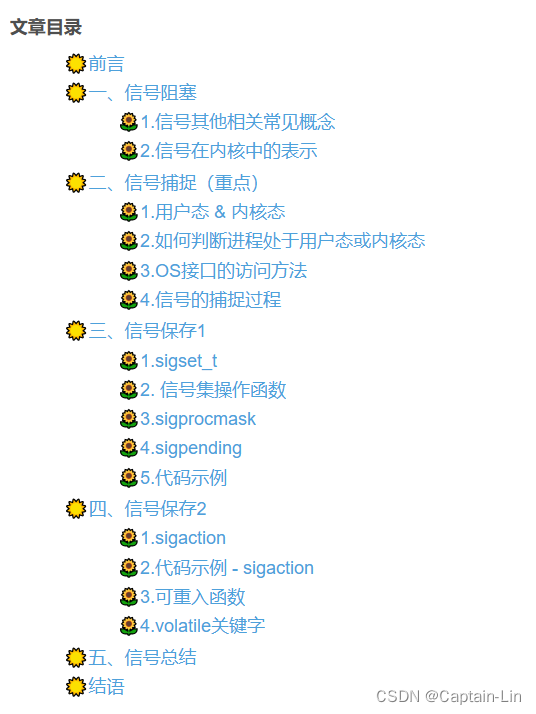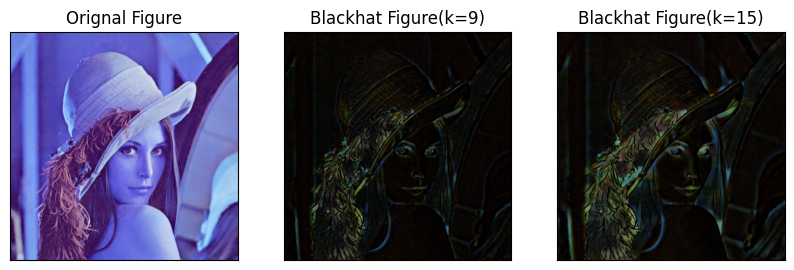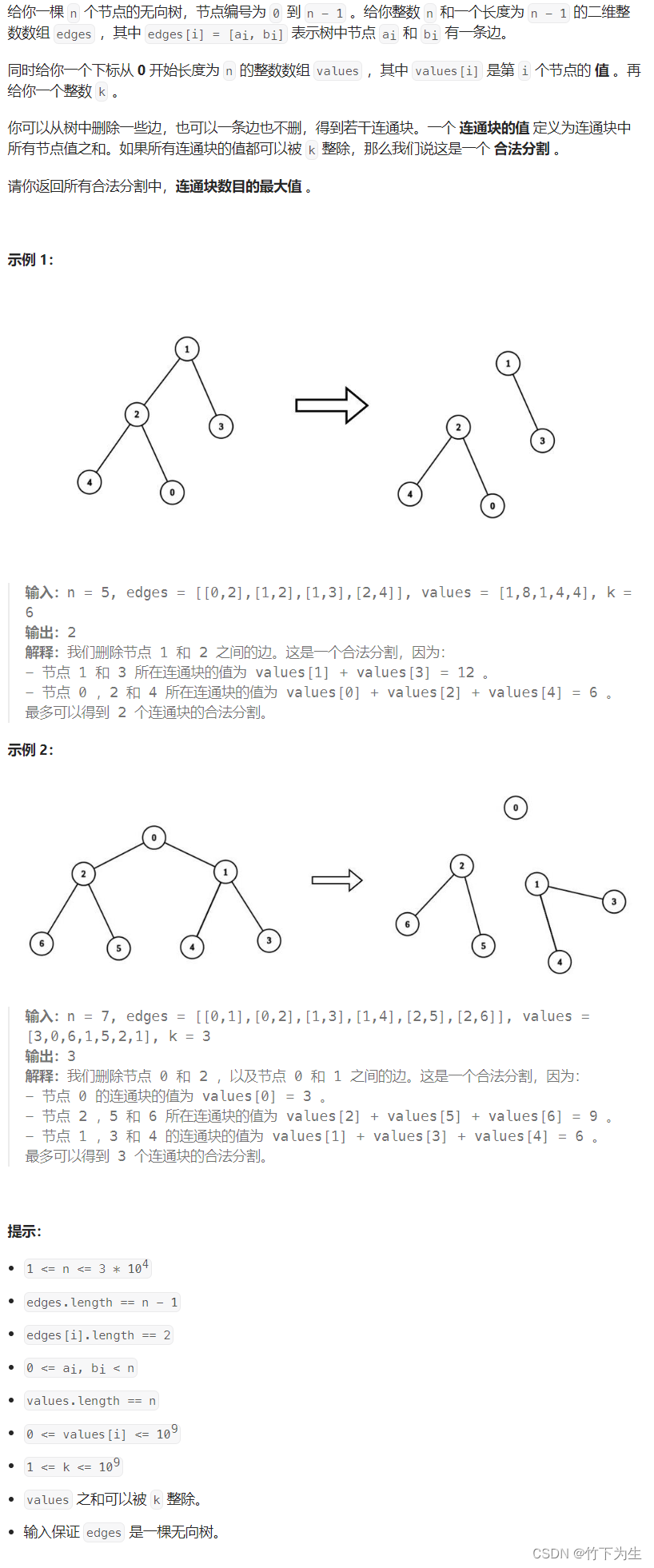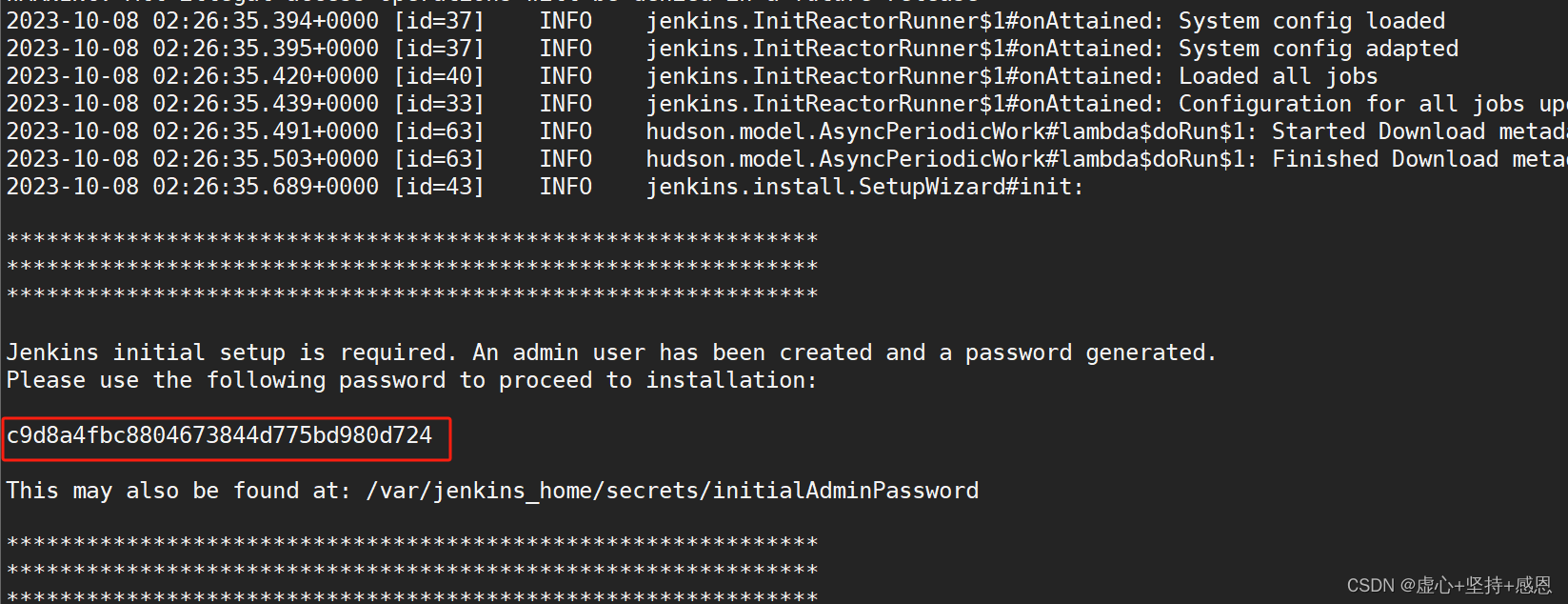目录
C++设计模式-装饰器(Decorator)
一、意图
二、适用性
三、结构
四、参与者
五、代码
C++设计模式-装饰器(Decorator)
一、意图
动态地给一个对象添加一些额外的职责。就增加功能来说,Decorator模式相比生成子类更为灵活。
二、适用性
- 在不影响其他对象的情况下,以动态、透明的方式给单个对象添加职责。
- 处理那些可以撤消的职责。
- 当不能采用生成子类的方法进行扩充时。一种情况是,可能有大量独立的扩展,为支持每一种组合将产生大量的子类,使得子类数目呈爆炸性增长。另一种情况可能是因为类定义被隐藏,或类定义不能用于生成子类。
三、结构
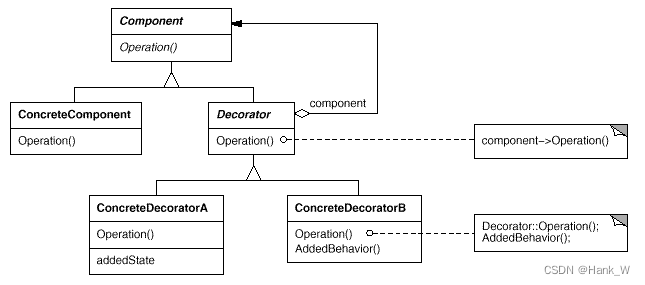
四、参与者
- Component
定义一个对象接口,可以给这些对象动态地添加职责。
- ConcreteDecorator
定义一个对象,可以给这个对象添加一些职责。
- Decorator
维持一个指向Component对象的指针,并定义一个与Component接口一致的接口。
- ConcreteComponent
向组件添加职责。
五、代码
#include<iostream>
using namespace std;class Component {
public:virtual void Operation() = 0;
};class ConcreteComponent : public Component{
public:virtual void Operation() {cout << "ConcreteComponent" << endl;}
};class Decorator : public Component {
public:Decorator(Component* tempComponent) :component(tempComponent) {}virtual void Operation() {component->Operation();}
private:Component* component;
};class ConcreteDecoratorA : public Decorator {
public:ConcreteDecoratorA(Component* tempComponent) :Decorator(tempComponent) {}virtual void Operation() {Decorator::Operation();cout << "ConcreteDecoratorA" << endl;}
};class ConcreteDecoratorB : public Decorator {
public:ConcreteDecoratorB(Component* tempComponent) :Decorator(tempComponent) {}virtual void Operation() {Decorator::Operation();cout << "ConcreteDecoratorB" << endl;}
};int main() {Component* component = new ConcreteComponent;component->Operation();Component* componentA = new ConcreteDecoratorA(component);componentA->Operation();Component* componentB = new ConcreteDecoratorB(component);componentB->Operation();return 0;
}




